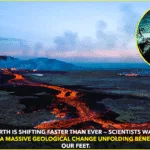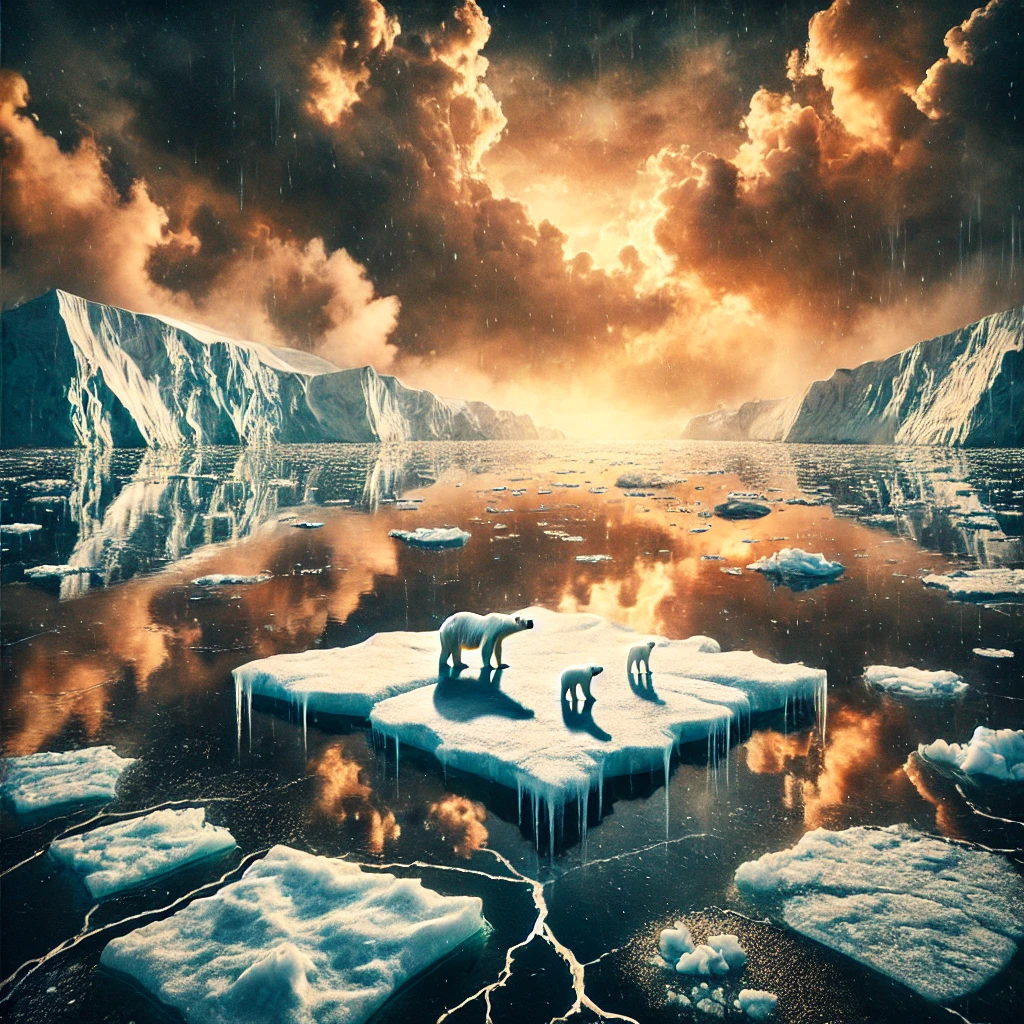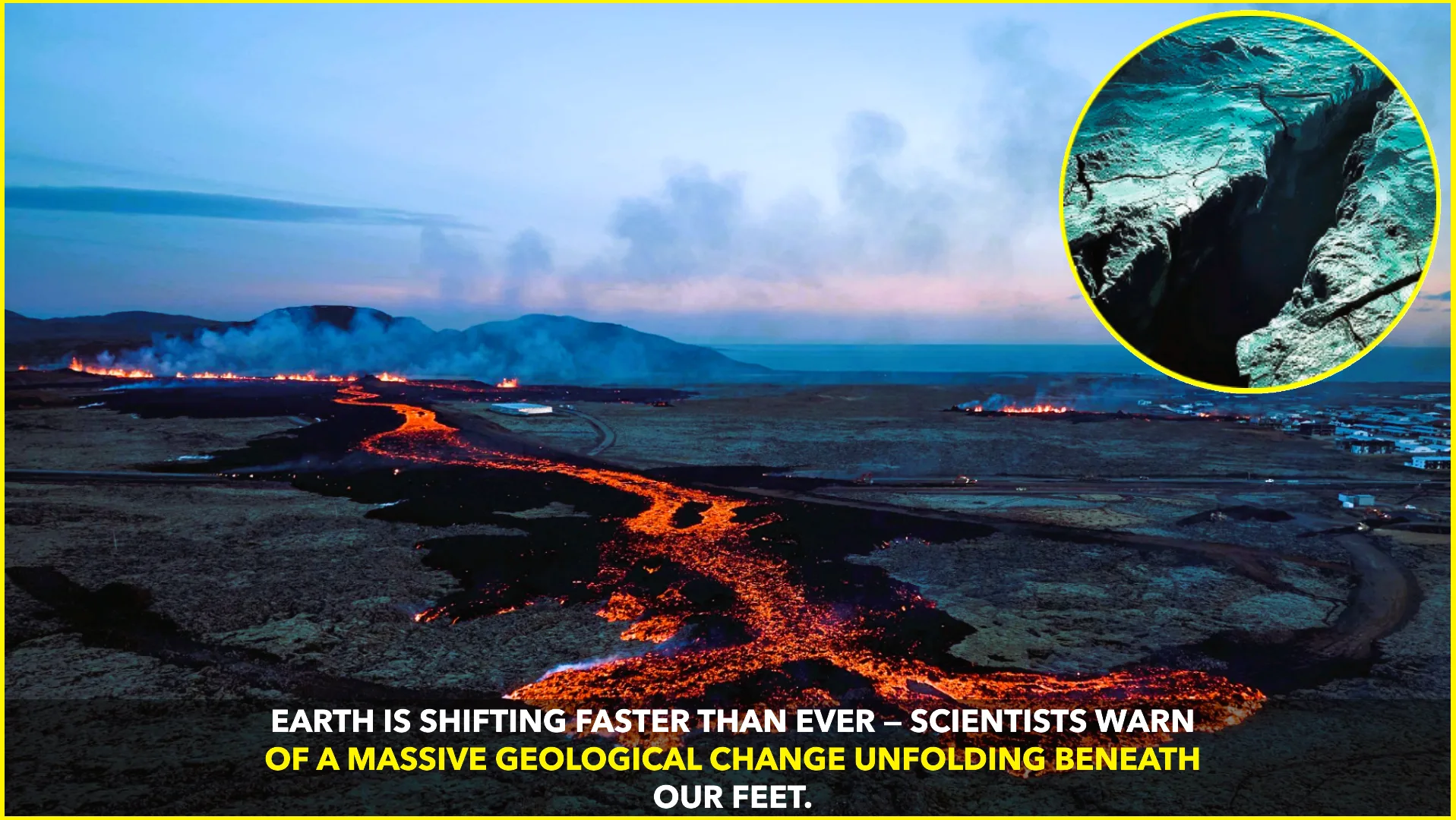Recent climate projections indicate that the Arctic may experience its first completely ice-free day as early as 2027, a scenario that underscores the rapid decline of sea ice due to global warming. Researchers estimate that the Arctic’s ice cover is shrinking at an alarming rate of over 12% per decade, with climate models suggesting that ice levels could drop below one million square kilometers within the next three to 20 years. In a worst-case scenario, this could happen in just three years, significantly accelerating the pace of climate change.
Rapid Melting and Climate Impact
The Arctic has long been considered a crucial component in regulating global climate patterns. The region’s reflective ice cover helps to maintain cooler temperatures by deflecting solar radiation back into space. However, with sea ice vanishing at unprecedented rates, more sunlight is absorbed by the ocean, leading to further warming and creating a feedback loop that exacerbates climate change.
According to climate scientists, an ice-free Arctic would not only contribute to rising global temperatures but also disrupt ocean currents, weather systems, and marine ecosystems. This phenomenon could have wide-reaching consequences, including intensified heatwaves, extreme weather events, and changes in precipitation patterns across the globe.
The Science Behind the Melting
Scientific models based on historical satellite data and climate simulations indicate that Arctic ice levels have been steadily declining due to rising greenhouse gas emissions. Human activities such as fossil fuel burning, deforestation, and industrial pollution have significantly contributed to the increase in atmospheric carbon dioxide, trapping heat and accelerating polar ice loss.
Studies suggest that the first ice-free event, initially expected later in the 21st century, is now projected to occur much sooner due to increased greenhouse gas emissions. Depending on future carbon emission scenarios, the duration of ice-free conditions could range from a single day to over two months per year by the end of the century.
Global Consequences of Arctic Ice Loss
The loss of Arctic sea ice is not just a regional issue; it has serious global ramifications. As the ice diminishes, ocean temperatures rise, causing thermal expansion and contributing to rising sea levels. This could lead to increased flooding in coastal cities, habitat loss for marine species, and disruptions to global weather patterns.
Additionally, as Arctic permafrost thaws, large quantities of methane—a potent greenhouse gas—could be released into the atmosphere, further accelerating global warming. Scientists warn that without immediate action to curb carbon emissions, the cascading effects of Arctic ice loss could become irreversible.
Urgent Need for Climate Action
Experts emphasize the urgency of taking immediate steps to mitigate climate change. Reducing carbon emissions, transitioning to renewable energy, and implementing stricter environmental policies are critical to slowing down Arctic ice loss. Global cooperation is essential to address this crisis, with policymakers, industries, and individuals all playing a role in reducing greenhouse gas emissions and promoting sustainable practices.
While efforts such as the Paris Agreement aim to limit global temperature rise, stronger commitments and immediate action are necessary to prevent the worst-case scenarios. Scientists stress that even small reductions in carbon emissions can have a significant impact on slowing Arctic ice melt and preserving the planet’s climate stability.
Conclusion
The possibility of an ice-free Arctic by 2027 highlights the urgent need to address climate change. With the Arctic serving as a key indicator of the planet’s overall health, its rapid transformation signals a dire warning. If global efforts to curb emissions and combat climate change do not intensify, the world could soon face unprecedented environmental challenges that threaten ecosystems, economies, and human livelihoods.










